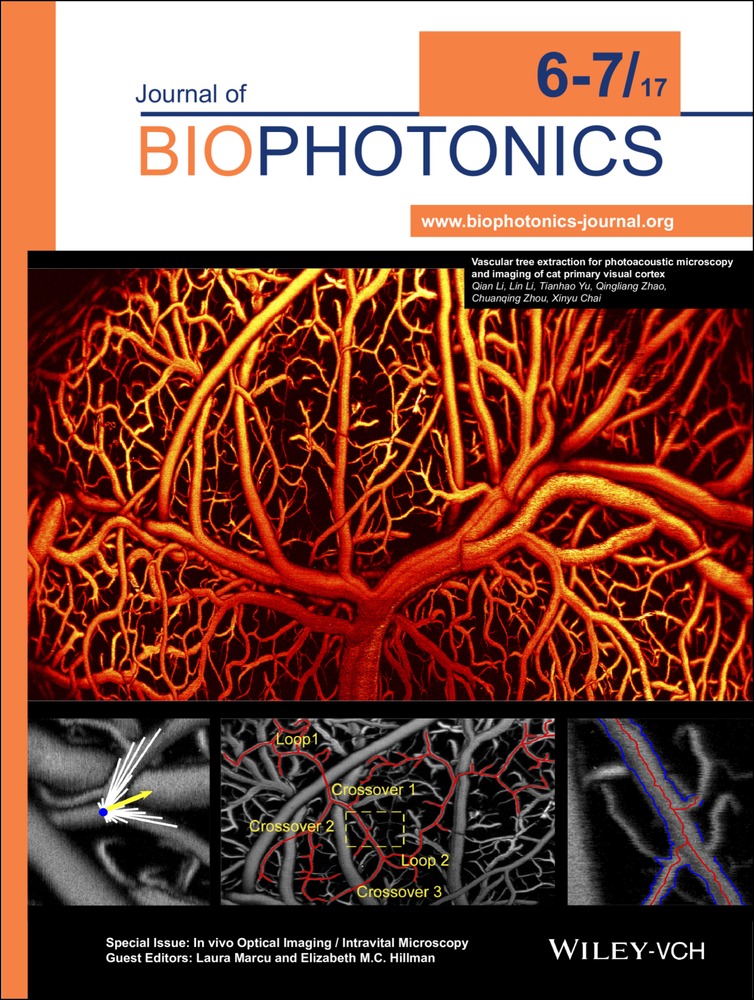Fluorescing fatty acids in rat fatty liver models
Abstract
The autofluorescence (AF) of NAD(P)H and flavins has been at the basis of many in-situ studies of liver energy metabolism and functionality. Conversely, few data have been so far reported on fluorescing lipids. In this work we investigated the AF of liver lipid extracts from two fatty liver models, Wistar rats fed with MCD diet for 12 days (Wi-MCD), and obese (fa/fa) Zucker rats. Among the most abundant fatty acids in the lipid extracts, indicated by mass spectrometry, arachidonic acid (AA) exhibited higher quantum yield than the other fluorescing fatty acids (FLFA), and red shifted AF spectrum. This allowed to estimate the AA contribution to the overall emission of lipid extracts by curve fitting analysis. AA prevailed in obese Zucker livers, accounting for the different AF spectral profiles between the two models. AF and mass spectrometry indicated also a different balance between the fluorescing fraction and the overall amount of AA in the two models. The ability of AF to detect directly AA and FLFA was demonstrated, suggesting its supportive role as tool in wide-ranging applications, from the control of animal origin food, to experimental investigations on liver fat accumulation, lipotoxicity and disease progression, with potential translation to the clinics.





